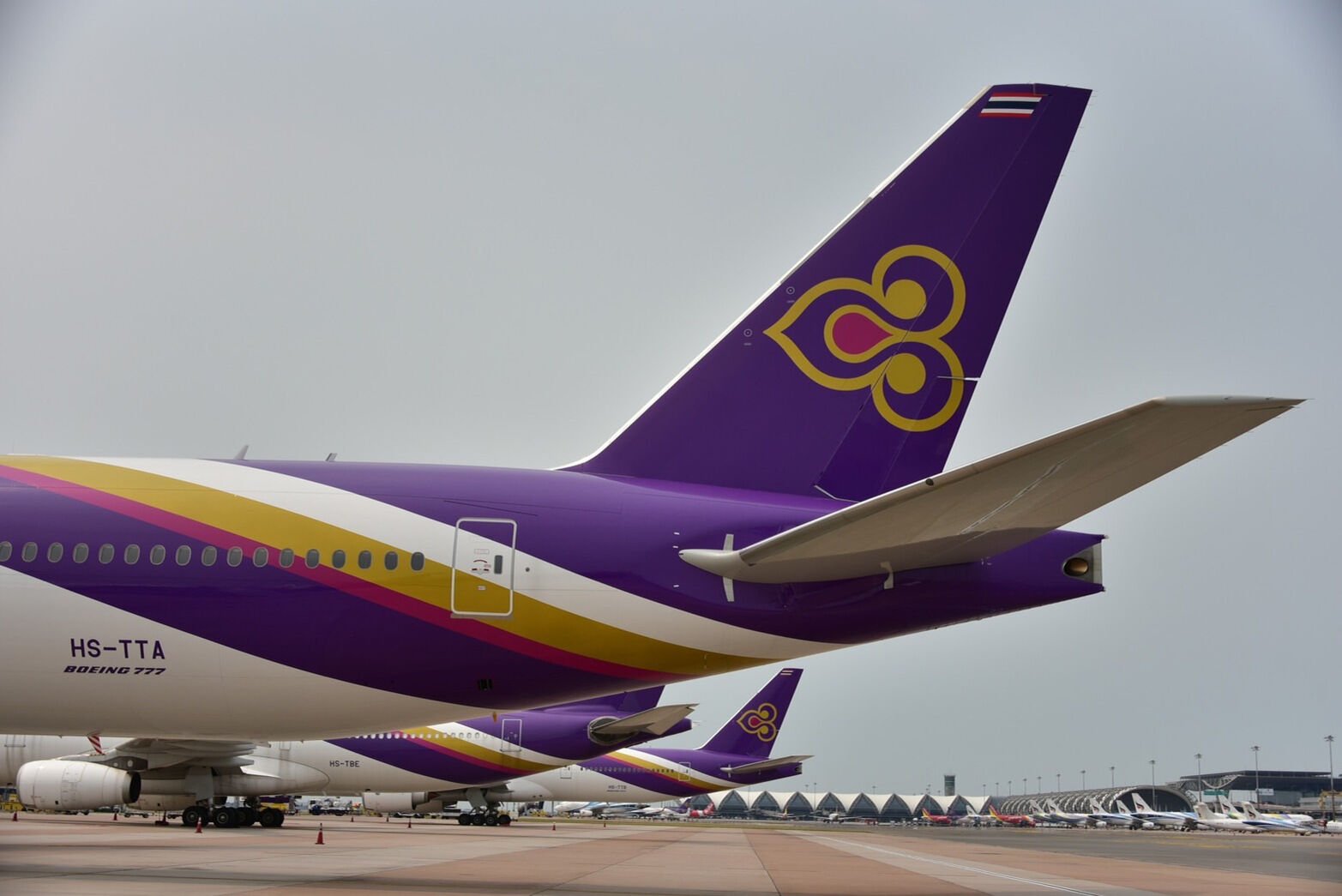Thai Airways’ growth strategy takes off

Thai Airways International (THAI) is set to transform some of its business units into subsidiaries as part of its growth strategy. Chai Eamsiri, THAI President, announced the plan, emphasising the potential for various business units to operate independently.
Chai highlighted the initial focus on the aircraft maintenance and catering divisions, which boast an estimated average profit margin of nearly 20% annually. This figure stands in stark contrast to the main airline industry’s annual profit margin of approximately 5% to 6%, indicating strong profitability potential for these units.
“The spin-off will reveal the financial performance of each unit, making it clear which ones have future prospects. As subsidiaries, they will need to compete for contracts from Thai Airways and other organisations.
“We believe our employees in these units will not object to this idea. The rewards for staff could be greater if these units outperform Thai Airways’ main operations.”
Chai also pointed out that each business unit possesses a unique workforce structure, environment, and responsibilities. This move is expected to streamline management efforts, aligning with global practices in the airline industry.
The plan coincides with THAI’s initiative to launch the U-Tapao aircraft Maintenance, Repair, and Overhaul (MRO) centre. THAI has shown interest in investing in the MRO centre, which will be located on a 200-rai plot within the Eastern Economic Corridor (EEC) that includes parts of Chon Buri, Rayong, and Chachoengsao.
Eastern aviation city
The MRO centre is a key component of the government’s strategy to develop an aviation city in the EEC. Chai sees this move as an opportunity to establish the U-Tapao as another major airport in Thailand.
“The MRO centre will bolster THAI’s competitiveness and support the government’s goal of establishing U-Thapao International Airport in Rayong as Thailand’s third major international airport.
“There has been no suggestion that Thai Airways should become a state enterprise again. We’ve shown over the past four years since entering the rehabilitation plan that the company can move forward as a public corporation.
“We are more agile and have a better business perspective. Employees can adapt quickly to changes and make decisions confidently. Returning to a state enterprise is not a viable option.”
Last year, Bangkok Post reported that THAI served approximately 13.8 million passengers, an increase from 9 million the previous year. The airline reported a net income of 165.49 billion baht in 2023, a 57% rise from 105.21 billion baht in 2022. The net profit for last year was 28.12 billion baht, a significant turnaround from a net loss of 252 million baht in 2022.
By the end of this year, THAI aims to complete its restructuring process, with plans to relist on the Stock Exchange of Thailand in the second quarter of the next year.
Regional aviation hub
THAI also intends to support the government’s vision of making Bangkok a regional aviation hub. Over the next 20 years, the fastest-growing region is expected to be Asia-Pacific. To accommodate this growth, THAI plans to expand its fleet from the current 103 aircraft to 143 by 2029.
The airline is also increasing the number of long-haul flights, particularly to Europe. New routes from Bangkok to Milan and Bangkok to Oslo were launched on July 1 this year. Later in the year, flights to Brussels will commence, making it THAI’s 11th destination in Europe. Chai remains confident in the expansion plans of THAI.
“We plan to procure an additional 13 aircraft next year, including both wide-body and narrow-body models. Thai Airways is a recognised brand in Asia, Europe, and Australia. We are confident in our continued expansion.”
Latest Thailand News
Follow The Thaiger on Google News:


























